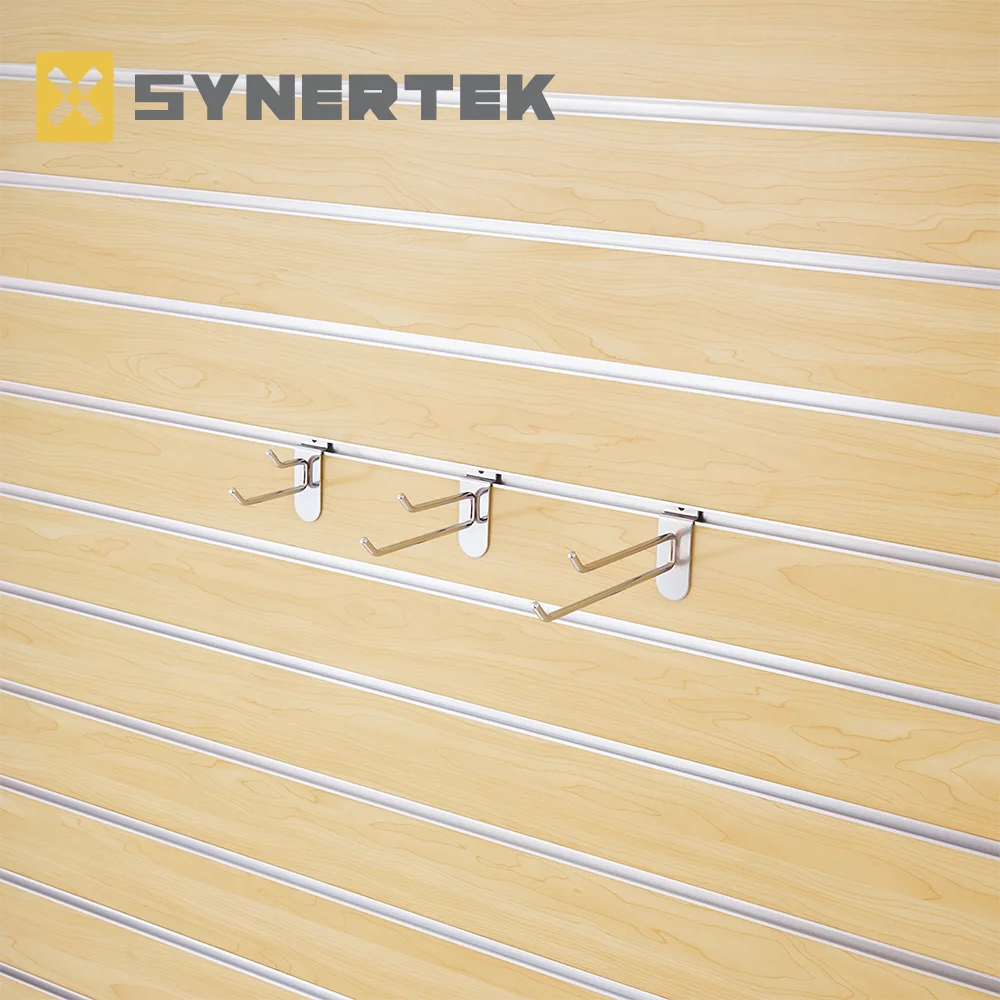The Secrets of Long-Lasting Building Foundations

Building foundations are the most critical part of any construction project. They provide the necessary support for the entire structure and ensure its stability and safety. However, not all building foundations are created equal. Some are more durable and long-lasting than others. In this article, we will explore the secrets of long-lasting building foundations and what makes them stand the test of time.
Section 1: Understanding the Basics of Building Foundations
Before we dive into the secrets of long-lasting building foundations, it's essential to understand the basics. Building foundations are typically made of concrete, which is a mixture of cement, sand, and water. The foundation is designed to transfer the weight of the building to the ground and prevent settling or shifting. The most common types of building foundations include slab-on-grade, crawl space, and basement foundations.
Section 2: Factors that Affect the Longevity of Building Foundations
Several factors can affect the longevity of building foundations. These include soil conditions, water table levels, climate, and the quality of the construction materials. For example, if the soil is unstable or prone to shifting, it can cause the foundation to crack or settle over time. Similarly, if the water table is high, it can cause the foundation to shift or sink. Climate also plays a role, as extreme temperatures and weather conditions can cause the foundation to expand and contract, leading to cracks and other damage.
Section 3: The Secrets of Long-Lasting Building Foundations
Now that we understand the basics and the factors that affect the longevity of building foundations, let's explore the secrets of long-lasting foundations. The first secret is proper design and construction. A well-designed and constructed foundation will ensure that the weight of the building is evenly distributed and that the foundation is strong enough to withstand the forces of nature. The second secret is the use of high-quality materials. Using high-quality concrete, reinforcing steel, and other materials will ensure that the foundation is durable and long-lasting. The third secret is regular maintenance and inspections. Regular inspections can detect any issues early on, allowing for timely repairs and preventing further damage.
Section 4: Examples of Long-Lasting Building Foundations
There are several examples of long-lasting building foundations around the world. One of the most famous is the Pantheon in Rome, which was built over 2,000 years ago and still stands today. The foundation of the Pantheon is made of concrete and brick, and its dome is made of concrete and lightweight volcanic rock. Another example is the Great Wall of China, which was built over 2,000 years ago and still stands today. The foundation of the Great Wall is made of tamped earth and stone, and it was designed to withstand earthquakes and other natural disasters.
Conclusion:
Building foundations are the backbone of any construction project, and their longevity is crucial for the safety and stability of the entire structure. Understanding the basics, the factors that affect longevity, and the secrets of long-lasting building foundations can help ensure that your building stands the test of time. By following proper design and construction practices, using high-quality materials, and conducting regular maintenance and inspections, you can create a foundation that will last for generations.

